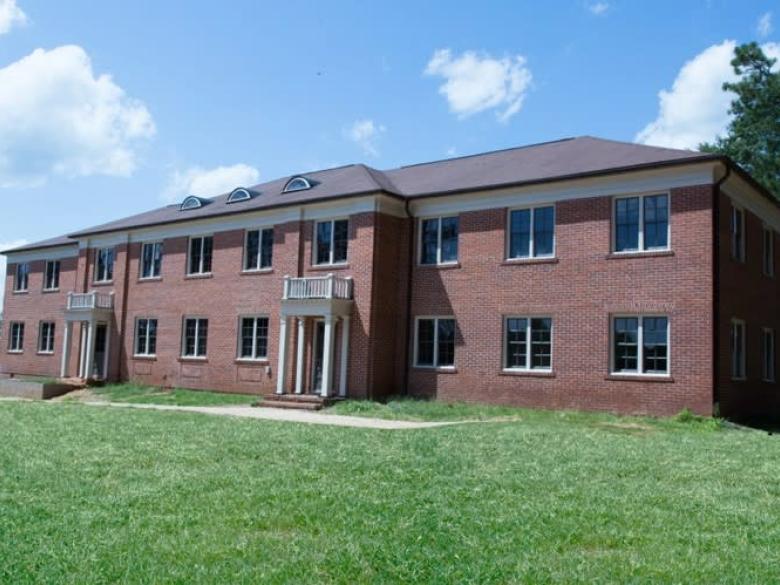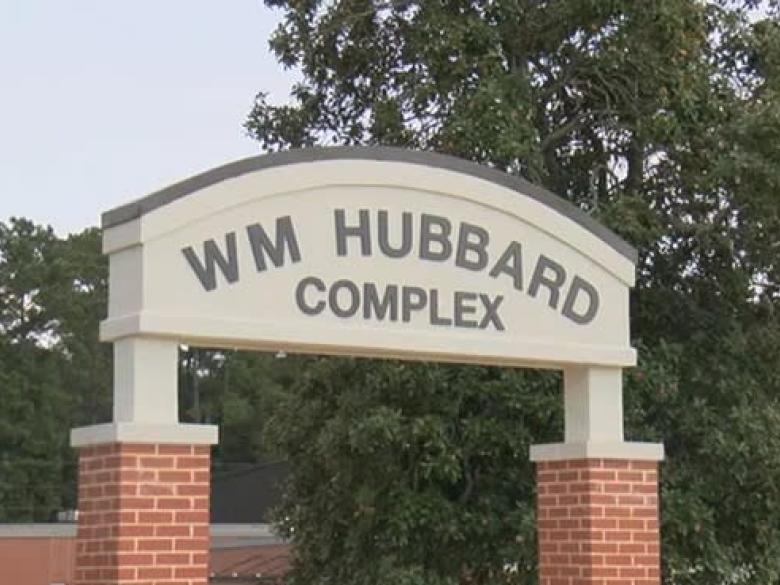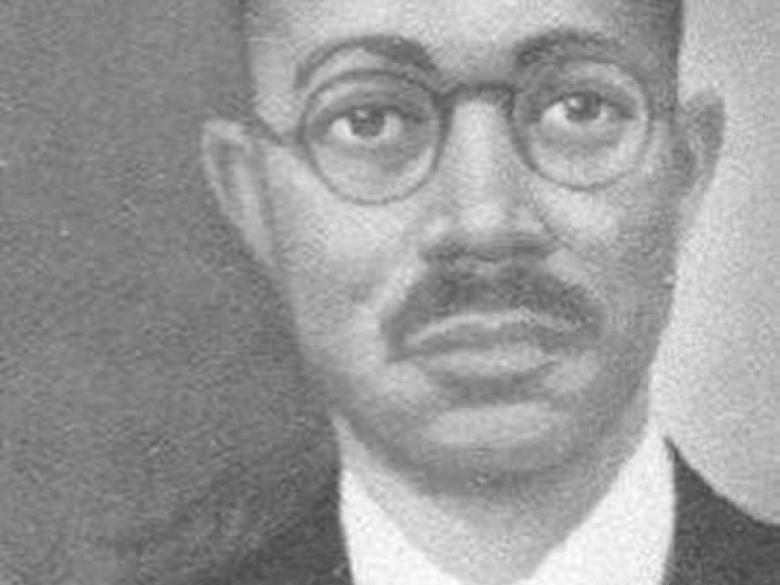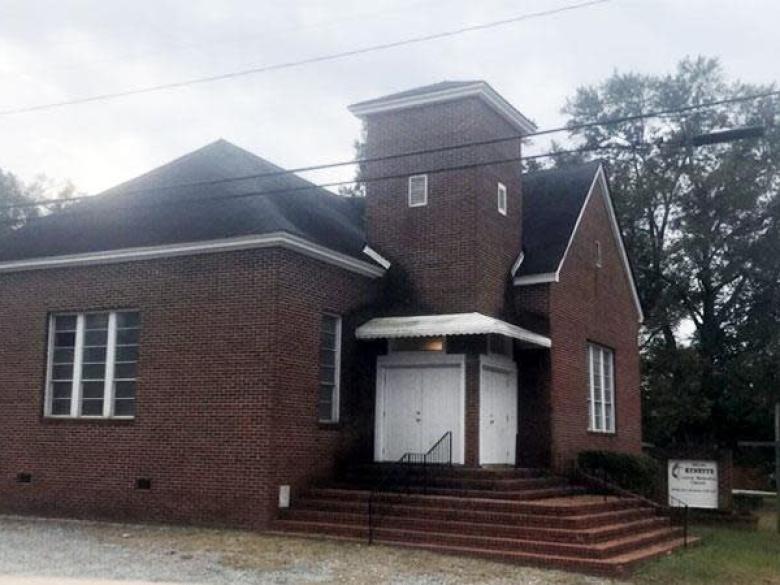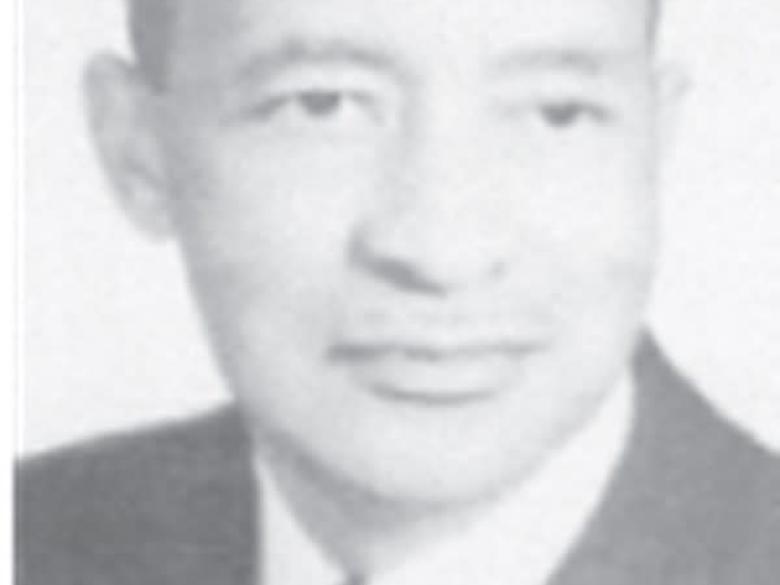Hubbard Museum & Cultural Center
Location
Phone
(478) 974-1460Rates
- By Appointment- Call: 478-994-8211: $0.00
Hours of Operation
- Saturday : 1:30pm - 5:00pm
- Sunday : 1:30pm - 5:00pm
In 1900 William Merida Hubbard opened a school with seven students in the Kynette Methodist Church in the city of Forsyth. Like many schools in the Jim Crow South, churches presented the only option for educating black children. He opened this school at a time when there was little interest and minimal financial support for African American public education in Georgia. Undaunted by this challenge, William Hubbard cultivated partnerships with the white community in Forsyth. In 1902, Hubbard and five white men from Forsyth successfully petitioned the Superior Court of Monroe County to incorporate the Forsyth Normal and Industrial School with one small building on ten acres of land.
Hubbard’s mission was to prepare teachers to educate African American youth in Monroe and surrounding counties. In less than 15 years, William Hubbard developed a curriculum for the school that extended classes to the 9th grade. By 1916, the 10th and 11th grades were added, and the Forsyth Normal and Industrial School became one of a handful of senior high schools that existed in Georgia for African Americans.
Hubbard continued his quest for partnerships with the white community to ensure that the Forsyth Normal and Industrial School became a County Training School. In 1917, it was accredited. With this designation, by 1918 the Georgia Assembly passed the Smith-Hughes Act, and the Forsyth Normal and Industrial School became the state’s first vocational school for African Americans. In 1922, another milestone was achieved when the Georgia legislature passed an act that made the Forsyth Normal and Industrial School the “School of Agriculture and Mechanic Arts for the Training of Negroes.” In 1927, the school became a junior college, but sadly that same year a fire destroyed the main building. William Hubbard sought additional land and facilities for the institution that by that time educated over 2,000 students and operated a farm on 300 acres of land.
Construction of new buildings after the fire began during the Great Depression on Georgia Highway 83 within walking distance of the original complex. By 1936, several brick buildings were completed, including an auditorium, the president’s house, the administration building, the gymnasium, and the home economics building. Never losing sight of his original mission to educate teachers, William Hubbard orchestrated the construction of dormitories so that students would have a place to stay while they were receiving training.
| Facility Amenities |
|
|---|---|
| Near Interstate Highway |
|
| Special Tags |
|
| Suitable for Ages |
|
| General Information |
|
